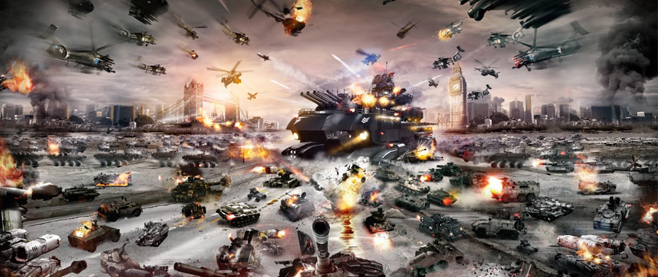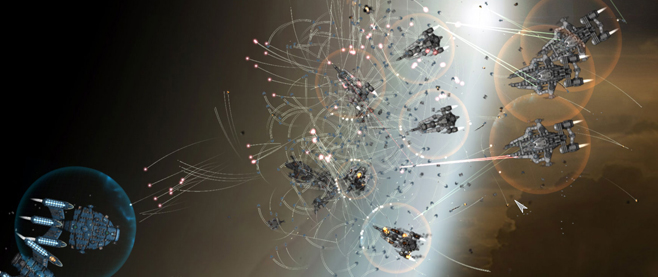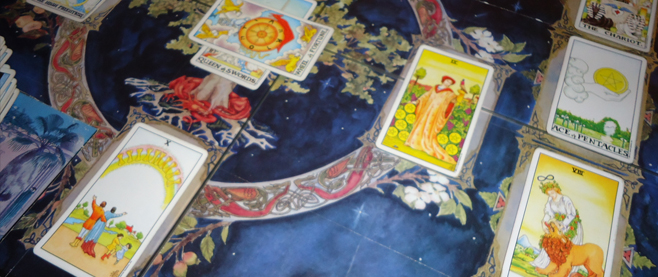
Watching Nations Fall
In addition to running Unwinnable, I am also the managing editor over at Digital Innovation Gazette, a trade website sponsored by Intel and concerned with the more technical aspects of videogames and their development. During the course of my duties there, I have the opportunity to do the occasional interview and, since DIG has graciously allowed me to syndicate that content, I can now share them with you here in their entirety. Enjoy!
———-
[wpcol_1half id=”” class=”” style=””]
The MMORPG is a classic PC game genre, one with a long and nuanced history. The biggest and arguably greatest of them is World of Warcraft, an RPG born from real-time strategy beginnings.
In Trion’s forthcoming MMO, End of Nations, the goal is to get back to those roots and create the very first massively multiplayer online RTS game. It’s an ambitious goal, one backed up with some incredibly detailed visuals and a powerhouse engine.
Unwinnable had the opportunity to talk to End of Nations’ executive producer David Luehmann about the game’s development and his hopes for the future.
Unwinnable: What is End of Nations?
David Luehmann: In a nutshell, End of Nations is a massive online, persistent, real-time strategy game. The game is set in a near future in which society as we know it has continued on the downward spiral until ultimately it fails and billions of lives are lost in the chaos that follows the collapse.
Unwinnable: So how is the gameplay for an MMORTS going to work?
D.L.: Internally, we actually think of it as an RTSMMO. Our canon is that it’s a great RTS that utilizes MMO features in a manner that improves upon the core RTS gameplay.
So in most ways it will be familiar to RTS players. There are two playable factions that have different units and abilities. The user interface will also be quickly recognizable and familiar to RTS players. The gameplay is best described as more tactical in focus, and there will still be resources that need to be
[/wpcol_1half] [wpcol_1half_end id=”” class=”” style=””]
managed, but players won’t have to optimize around build-order queues.
However, unlike traditional RTS games, everything is online, always online and persistent. For example, much like MMOs, there really isn’t a simple single-player campaign. There is a campaign mode, but it is very PVE/co-op focused and players will be bound to see other users as they play through the campaigns.
We also utilize other beneficial design constructs from MMOs, like the concept of leveling. So as users go through missions, they will earn persistent resources that can be used to unlock technology trees, new unit types and new abilities – and customize their units uniquely for each faction – which in turn can then be used in both campaign and massive PVP battles.
Unwinnable: What are some of the challenges you have faced in developing a massively multiplayer real-time strategy game?
D.L.: At a high level, the challenges fit into two categories: gameplay and technology. From a gameplay perspective, we need to focus on large-scale, moment-to-moment gameplay and avoid big build-order-based gameplay, as that won’t be fun for 50-plus players online together. We also want to be cautious of not turning it into an RPG with full loot dropping and character paper-dolls. Again, it’s an RTS game and we don’t want to muddy that focus.
For the technology side, the challenges really revolve around the core network architecture common in RTS games, typically peer-to-peer based. In a peer-based system, you are playing on a local game that is networked to other peers who are all doing the same thing, and the world state is shared amongst all players.
End of Nations is a pure client-server-based technology. You aren’t playing the game on your home computer; you are playing the game on a server
[/wpcol_1half_end]





